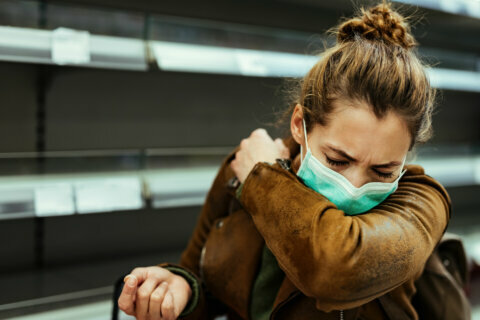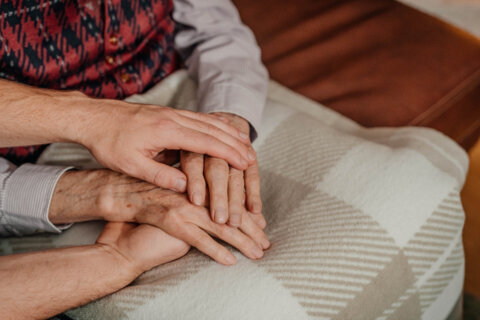Transition periods are especially challenging for many children with autism spectrum disorder. One of the most problematic times of the day occurs when children make the transition from dinner to bedtime. Reports have indicated that up to three out of four children with autism spectrum disorder experience trouble falling asleep or staying asleep, and there are currently no Food and Drug Administration-approved medications for treating pediatric sleep problems.
But over the last few years, parents across the country have been sharing success stories about the use of essential oils. Lavender and sandalwood oils, along with vetiver and frankincense, have been said to help children with autism remain calmer during transition periods and to even sleep more soundly.
Online, blogs from the autism community and posts from parent support groups are full of testimonials and advice for the use of essential oils. However, these success stories are anecdotal, and the oils have not been systematically tested. So my colleagues and I decided to put the essential oils to the test.
At The Ohio State University Wexner Medical Center’s Nisonger Center, we’ve launched a randomized, double-blind crossover study comparing two different combinations of 18 essential oils to test which is the safest and most effective for improving quality of life, by increasing relaxation and enhancing sleep efficiency in children with autism spectrum disorder.
From personal and online testimonials, parents tend to have different opinions as to which oil blends work best for their children. Since autism spectrum disorder is truly a spectrum, no two children are the same, so the oil blend that works for one may not benefit another. We’ll be evaluating two oil mixtures that we believe will be useful for improving quality of life in children with autism spectrum disorder.
Over the next two years, we will enroll approximately 34 participants in our study. For the first three months, we’ll ask parents to apply one drop of an essential oil blend on the back of their child’s neck, and one drop into the child’s feet in the morning before starting the day. Twenty minutes before bedtime, we will ask parents to put approximately 8 to 12 drops of the same oil blend in a diffuser in the child’s bedroom, and let it run throughout the night.
Parents will be asked to keep a journal of their child’s sleep habits. Specifically, they will be asked to write down things like how their child transitioned to bedtime, how long it took him or her to fall asleep, how often the child got up after going to bed and how rested the child seemed the following morning.
To balance parental subjectivity that may influence their journal entries, children will also wear a watch-like device called an actigraph, which detects and records motion. Twenty minutes before bedtime, children will begin wearing the actigraph to get a baseline reading of activity level while awake and will wear it through the night. Though the actigraph can’t tell us if the child is actually asleep or not, it will give accurate measurement of movement. The use of actigraphy for measuring sleep efficiency has been validated in a number of studies and is a reliable and objective measure of sleep.
Children will be randomized to one of two oil sequences. Half of the children will get oil blend A and then oil blend B; the other half will get the oil B blend and then the oil A blend. Parents and study clinicians will remain blind to both the oil blends and the sequence order. Parents and children will test the first oil mixture for three months, undergo a washout period of one month during which no oils will be used or diffused, then will use the second oil mixture for the next three months, following the same routine.
Though they’re often used for massage and aromatherapy, the use of essential oils as a therapeutic agent for sleep in children with autism spectrum disorder is due for scientific review. There is a notable financial investment that goes into purchasing these oils, so having measurable data that addresses their validity is important.
Regardless of the outcome, we’re hopeful the findings of this study are helpful. If we determine that there is no sustainable, replicable evidence that the essential oils improve quality of life, by helping children make smoother transitions or by enhancing sleep quality, this would be helpful for parents to know, as they could then pursue more valid and rigorously studied interventions.
Should we find that the essential oil blends are safe and effective in our small pilot sample, parents would undoubtedly want to know that, too — and further study would certainly be warranted to evaluate the effects of these oil blends in much larger randomized clinical trials.
We hope to have the answers either way in the coming years.
Jill Hollway, PhD, is a research scientist at The Ohio State University Wexner Medical Center’s Nisonger Center .
More from U.S. News
10 Concerns Parents Have About Their Kids’ Health
10 Ways to Live Healthier and Save Money Doing It
Do’s and Don’ts of Home Medical Devices
Parents Say Essential Oils Help Children With Autism Sleep, But Is There Proof? originally appeared on usnews.com







